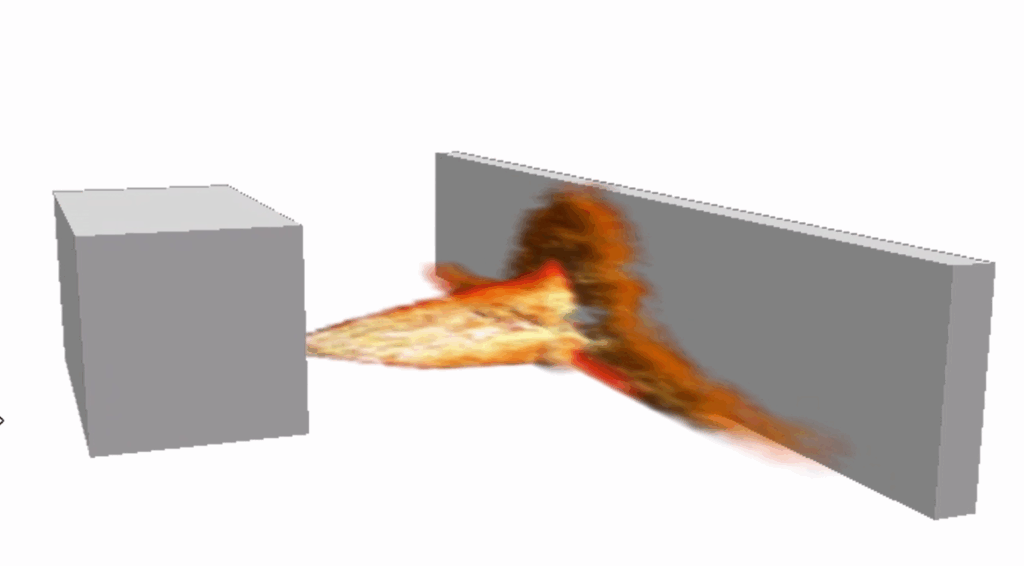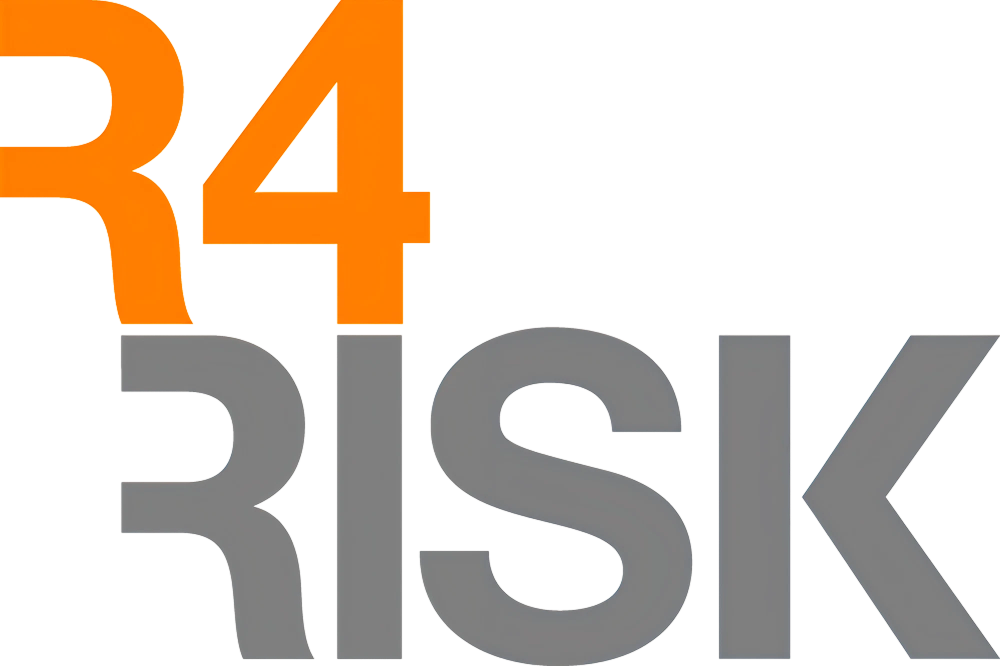Our Services
Quantitative Risk Assessment

QRA by R4Risk
Understanding and Managing Risk Through QRA
A Quantitative Risk Assessment (QRA) is a structured, data-driven process used to identify, analyse, and quantify risks, particularly in industries handling oil & gas or hazardous chemicals. The technique uses sophisticated mathematical models to quantify the likelihood and consequences of hazardous events. Additionally, risk mitigation options can be incorporated into the QRA model to determine their cumulative effects.
The core steps in a QRA are as follows:
- Hazard Identification
- Consequence Assessment
- Frequency Assessment
- Risk Assessment
QRA by R4Risk
Our Process
Hazard Identification
This step involves identifying potential hazardous scenarios such as leaks, fires, explosions, or toxic releases. Source information includes:
- Reviewing engineering drawings (P&IDs, process flow diagrams)
- Site inspections and workshops with facility personnel
- Using structured methods like HAZOP or Bowtie Analysis
Frequency Assessment
This determines how likely each hazardous event is to occur. It involves:
- Conducting parts count and using failure rate databases for process integrity loss
- Estimating the frequency of operational failure scenarios such as tank overfill or dropped objects via fault tree analysis or Layer of Protection Analysis
- Event tree modelling to incorporate detection and isolation strategies.


Consequence Assessment
This models the impact of each scenario, considering:
- Release rates and inventory
- Atmospheric conditions
- Potential outcomes like jet fires, flash fires, pool fires, explosions and toxic dispersion.
Risk Estimation and Evaluation
Combines frequency and consequence data to calculate risk metrics such as :
- Individual risk of fatality (heat radiation, explosion overpressure, toxic exposure)
- Individual risk of injury (heat radiation, explosion overpressure, toxic exposure)
- Individual Risk per Annum
- Risk of Property Damage and Incident Escalation
- Societal Risk (F-N curves).
These risk metrics can be compared to regulatory criteria such as HIPAP No. 4 (NSW), State Code 21 (QLD), or other established guidance, for example, those from the UK Health and Safety Executive, to assess the tolerability of risk within a site or for nearby and on-site populations. QRAs help assess the overall risk from multiple hazards at a site and are a widely used tool in land use planning near hazardous facilities.
The approaches adopted by R4Risk when conducting a QRA ensure that the results of the analysis are in a form that provides the facility operator with an in-depth understanding of the events that are the major drivers of the risk profile for the facility. From this, management can make informed decisions about future risk reduction actions, ensuring these are targeted in the most effective manner possible.
Quantitative Risk Assessment
Frequently Asked Questions
A Quantitative Risk Assessment is a structured methodology used to evaluate the likelihood and consequences of hazardous events. It helps organisations understand potential risks, make informed decisions about safety measures, and comply with regulatory requirements.
1. Precision in Risk Evaluation
Unlike qualitative methods that rely on subjective categories (e.g. high/medium/low), QRA assigns numerical values to both the likelihood and consequences of hazardous events. This enables:
- Accurate estimation of fatality and injury risks
- Clear thresholds for risk tolerability decisions
- Informed decisions on safety investments.
2. Support for Regulatory Approvals
QRAs are often required to support safety cases for major hazard facilities by demonstrating that the cumulative risk is acceptable, especially in Australia. They can also support planning approvals for hazardous facilities.
3. Scenario Comparison and Sensitivity Testing
QRAs can compare design or operational scenarios, such as equipment layout options or isolation strategies that affect release duration and consequence impact.
4. Cost-Benefit Analysis
QRAs can help compare and justify risk reduction options by linking investment cost to improved risk reduction outcomes.
5. Risk Mitigation Planning
QRAs incorporate mitigation options – like automatic isolation, leak detection, and emergency shutdowns – and quantify their cumulative effect on risk. This process helps prioritise controls based on effectiveness.
1. High Cost and Resource Intensity
QRAs can be expensive and time-consuming compared to qualitative studies. A large plant may have thousands of individual scenarios that need to be built in the model.
2. Data Quality and Availability
QRAs are highly sensitive to the quality of input data. The principle of “garbage in, garbage out” applies. Errors or biases in failure rates, detection times, or consequence models can compound and distort results.
3. Illusion of Precision
QRAs often present risk metrics with numerical precision (e.g., IRPA values), which can give a false sense of certainty. These outputs are based on underlying assumptions and models that may not fully capture real-world variability or human factors. Failure to correctly reflect different isolation strategies and detection mechanisms can significantly affect release durations and consequences. Interpreting these nuances requires expertise and can be challenging for non-specialists.
4. Limited Applicability to Individual Cases
While QRAs are powerful for assessing cumulative risk across large systems, they may not reliably predict outcomes for specific events. This is especially true when data is lacking or broad statistical models are applied to unique scenarios.
R4Risk typically uses DNV SAFETI for consequence and risk modelling. Analysts are highly trained and the software is constantly updated to ensure the latest risk modelling approaches are used.
QRAs evaluate a range of hazardous scenarios such as:
- Toxic vapour dispersion
- Pool fire
- Jet fire
- Flash fire
- Vapour cloud explosion
- BLEVE (Boiling Liquid Expanding Vapor Explosion).
The following risk metrics may be evaluated:
- Individual risk of fatality (heat radiation, explosion overpressure, toxic exposure)
- Individual risk of injury (heat radiation, explosion overpressure, toxic exposure)
- Individual Risk per Annum
- Risk of Property Damage and Incident Escalation
- Societal Risk.
